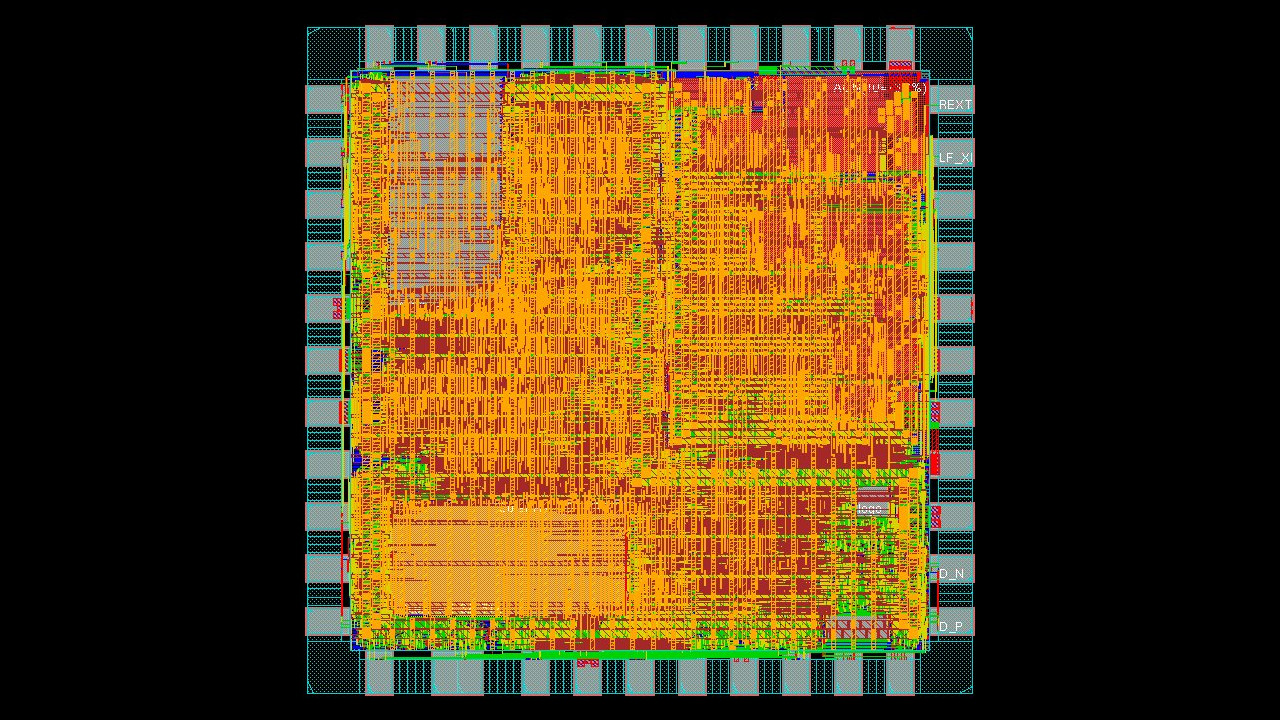Introduction
Spring Boot is a Java framework that simplifies the creation of backend applications, especially RESTful Web Services. To organize and facilitate development, it adopts a layered architecture that promotes a clear separation of concerns, making the code cleaner, more reusable, and easier to maintain.
Layered Architecture
The typical architecture of Spring Boot for Web Services is divided into four main layers:
- Presentation Layer (Controllers)
This is the application’s entry point for receiving HTTP requests. Controllers are responsible for interpreting these requests, forwarding them to the business layer, and returning the response to the client.

Key Characteristics:
- Should not contain business logic; their role is strictly as intermediaries.
- Use Spring MVC annotations such as
@RestControllerand@RequestMapping. - Handle routing and integration with HTTP protocols.
2. Business Layer (Services)
This is where the application’s business rules reside — the “core” of the system. This layer processes incoming data, applies validations, performs calculations, and enforces domain-specific logic.

Key Characteristics:
- Independent of the framework, which makes testing and maintenance easier.
- Services are invoked by controllers.
- Centralizes business logic to keep the application well-organized.
3. Persistence Layer (Repositories)
Responsible for communication with the database. It uses the Repository pattern to encapsulate data access operations and supports Object-Relational Mapping (ORM) frameworks such as JPA (typically implemented using Hibernate).

Key Characteristics:
- Abstracts database and SQL details.
- Allows switching databases without changing business logic.
- Uses Spring Data to simplify repository creation.
4. Database Layer
The physical layer where data is stored. It can be a relational database (such as MySQL or PostgreSQL) or a non-relational one (such as MongoDB or Cassandra). Spring Boot provides built-in support and drivers for multiple types of databases.
Benefits of This Architecture
- Decoupling: Clear separation of concerns between layers.
- Maintainability: Changes in one layer tend not to affect others.
- Reusability: Services and repositories can be reused across multiple controllers.
- Technological Flexibility: Allows switching implementations, databases, or modules with minimal impact.
- Scalability: Supports reactive approaches for high-demand systems.
Conclusion
Spring Boot adopts a layered architecture to structure backend applications, especially RESTful Web Services. This architecture is typically divided into:
- Presentation Layer (Controllers): The entry point for HTTP requests. Controllers receive the requests, route them to business services, and return responses to the client. This layer should not contain business logic.
- Business Layer (Services): Contains the application’s business rules — the logic that solves domain-specific problems. It is decoupled from Spring-specific components, making it easier to test and maintain.
- Persistence Layer (Repositories): Manages data access and manipulation, abstracting database communication using repositories and ORMs like JPA/Hibernate.
- Database Layer: The physical storage of data, which can be either relational or non-relational.
Spring Boot documentation:
https://spring.io/projects/spring-boot
Spring Framework Documentation (Spring MVC, Spring Data and WebFlux):
https://docs.spring.io/spring-framework/docs/current/reference/html
https://docs.spring.io/spring-data/jpa/docs/current/reference/html
https://docs.spring.io/spring-framework/docs/current/reference/html/web-reactive.html








Leave a Reply